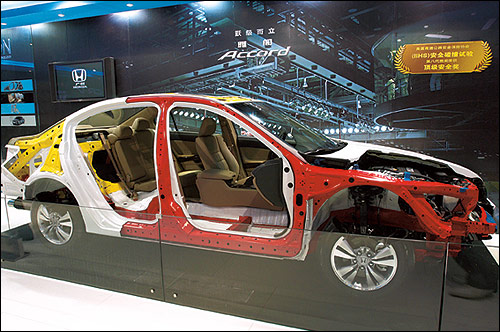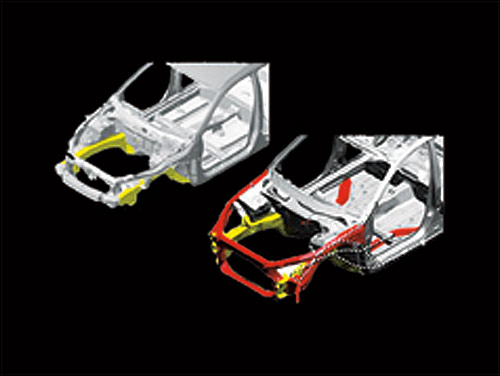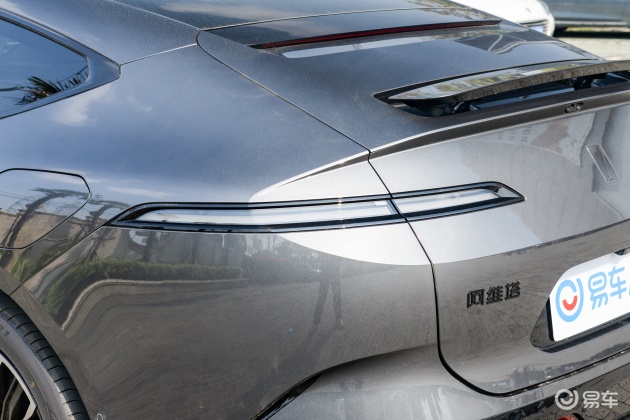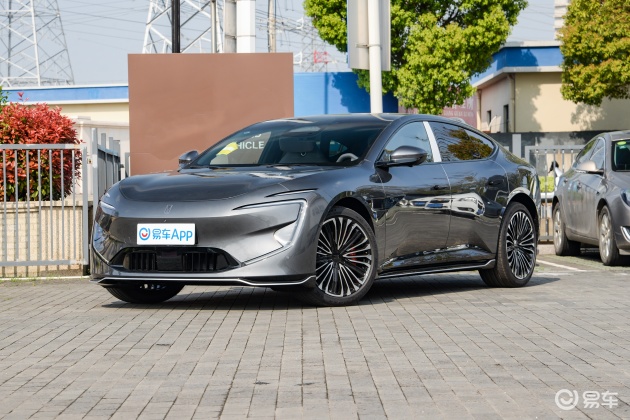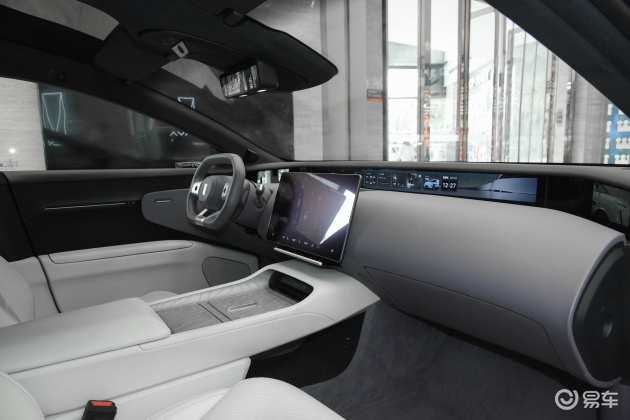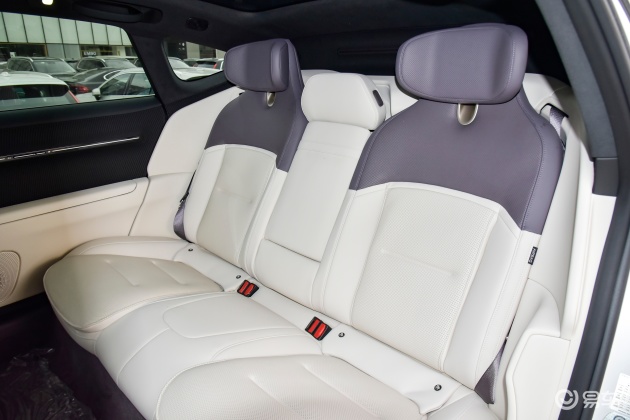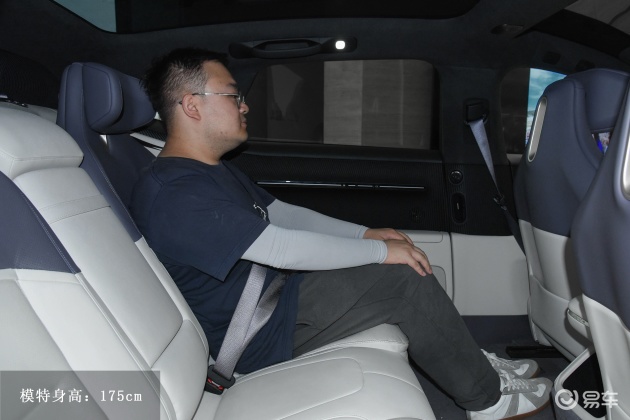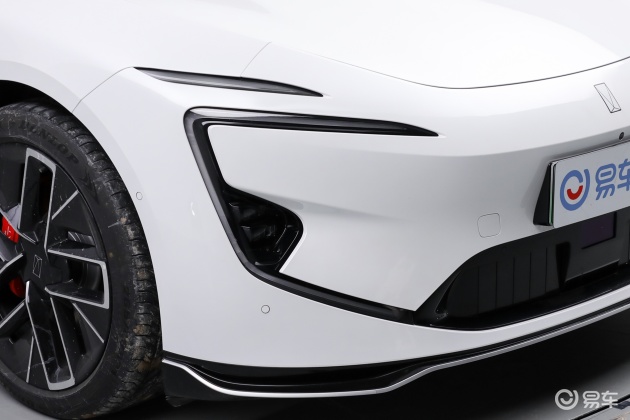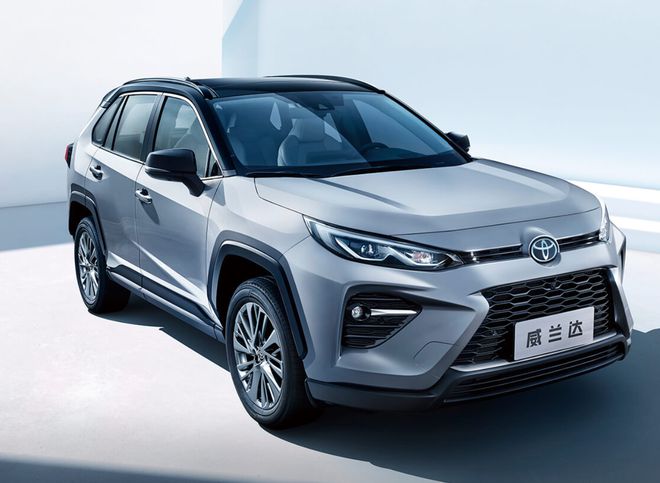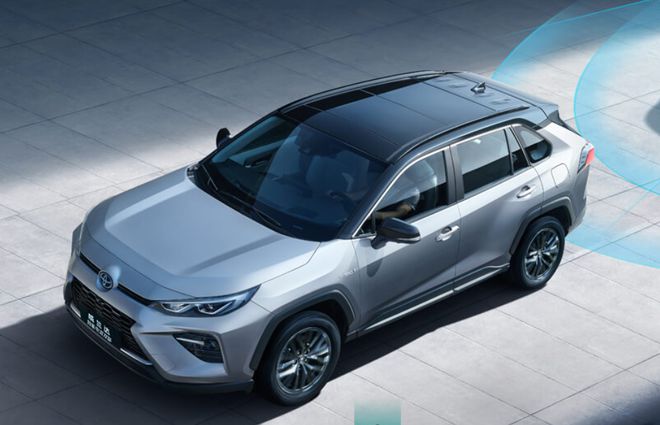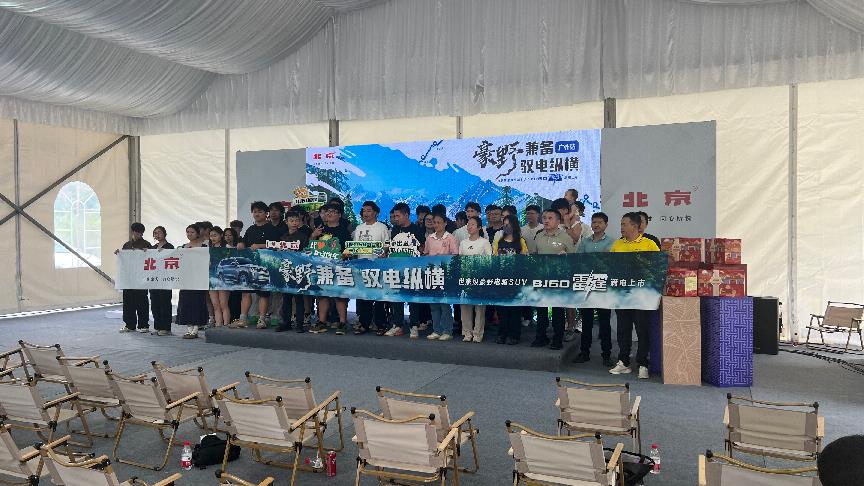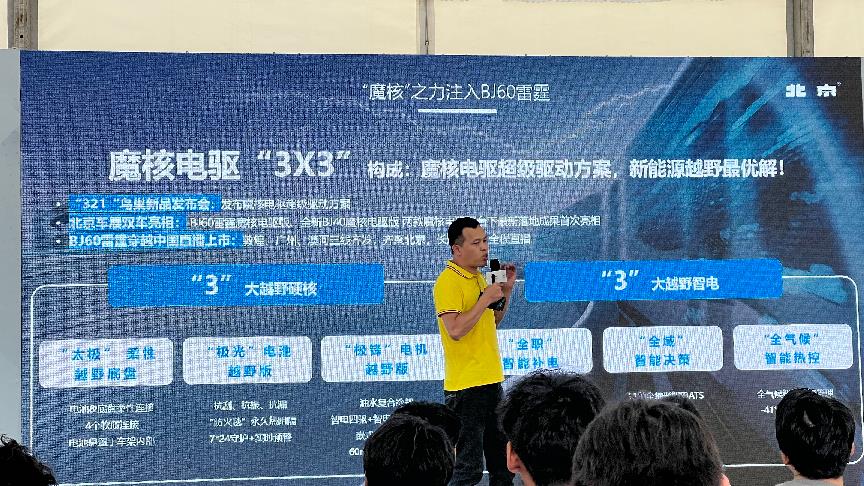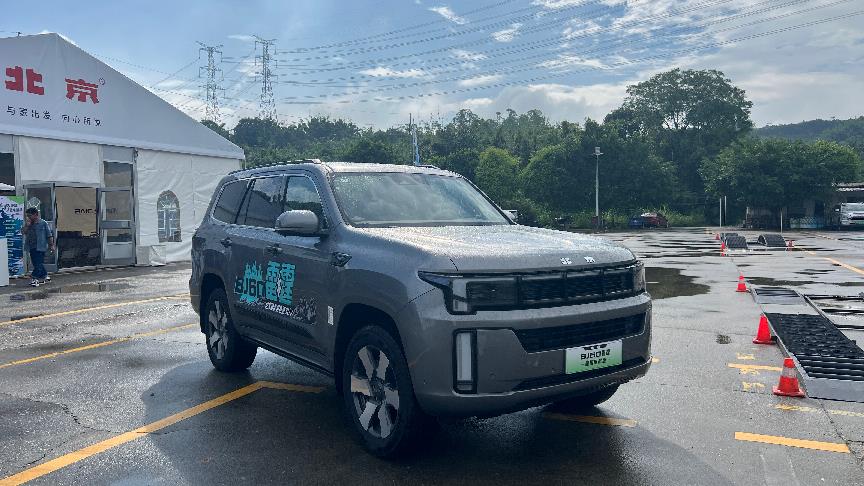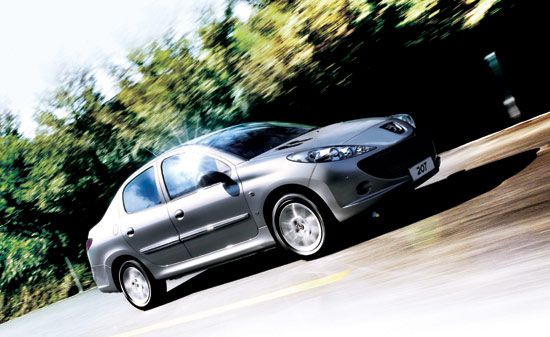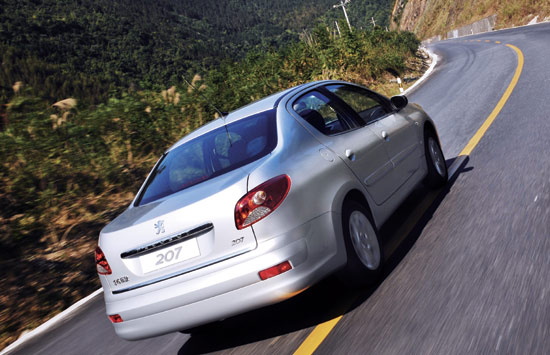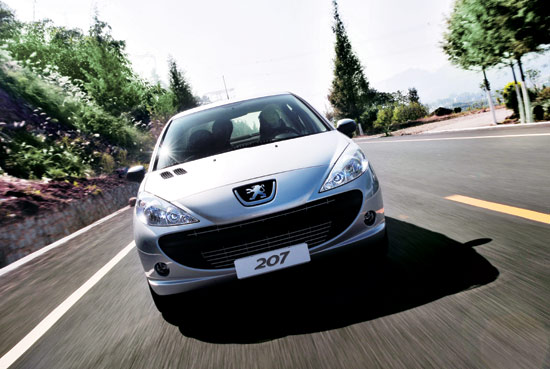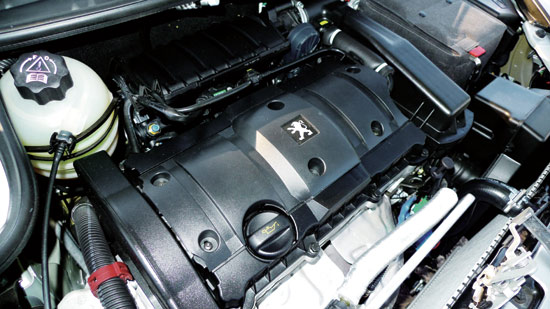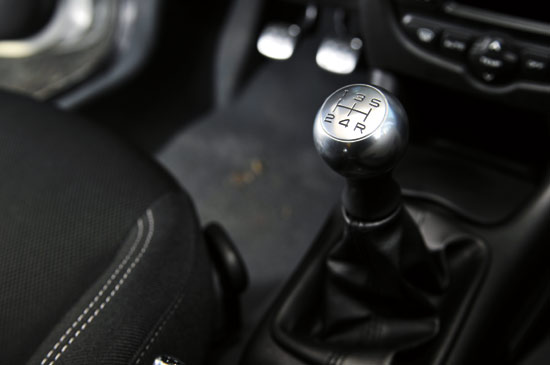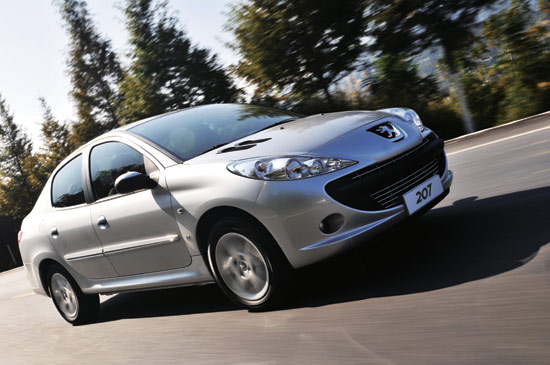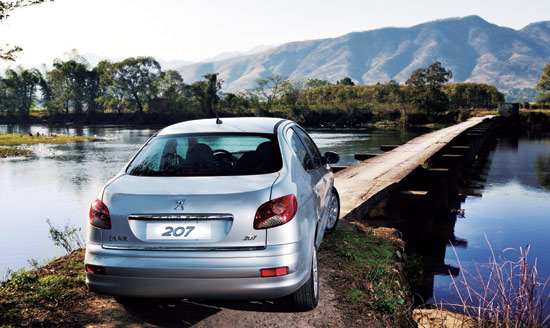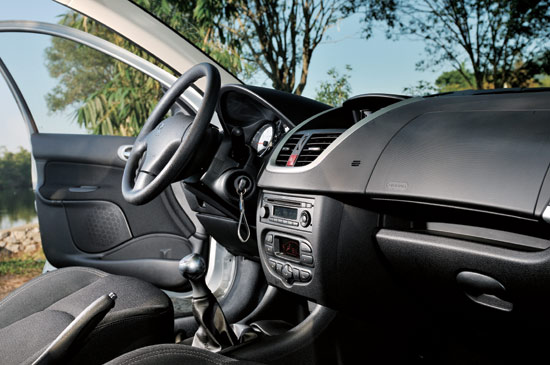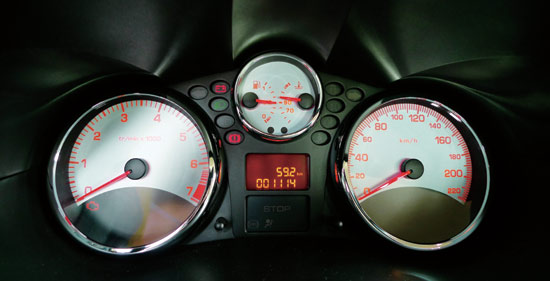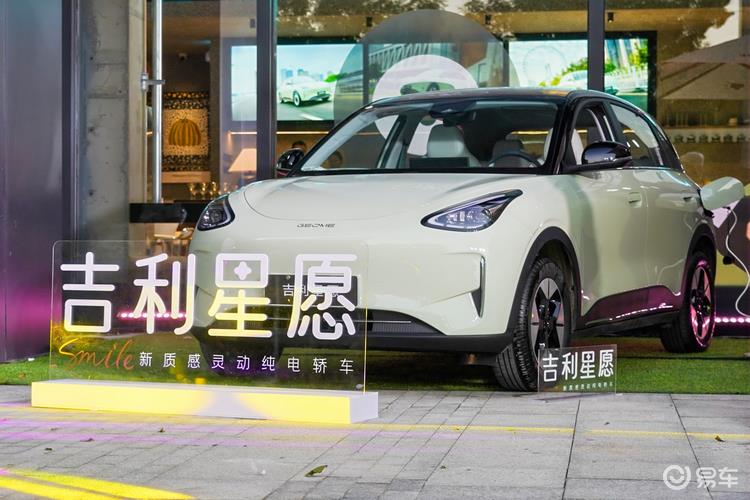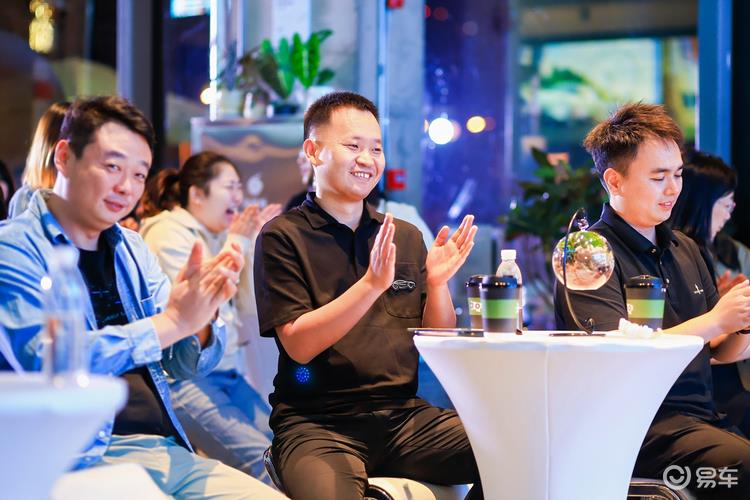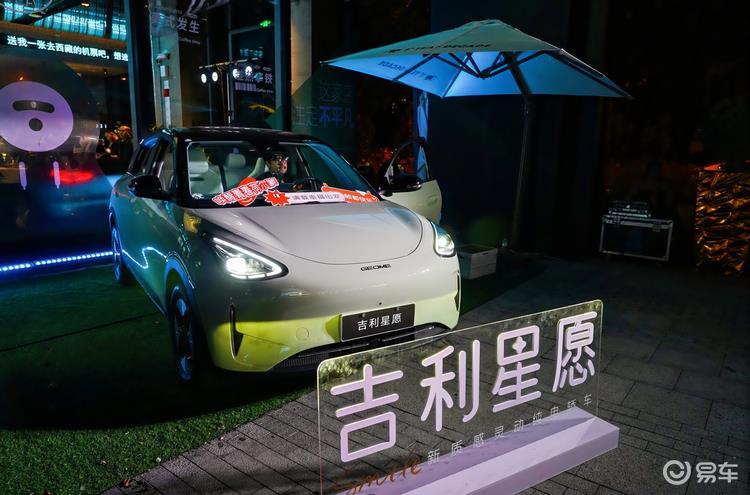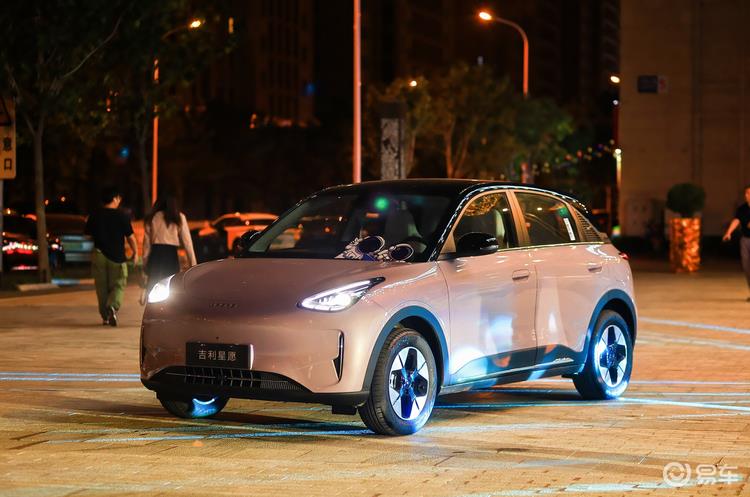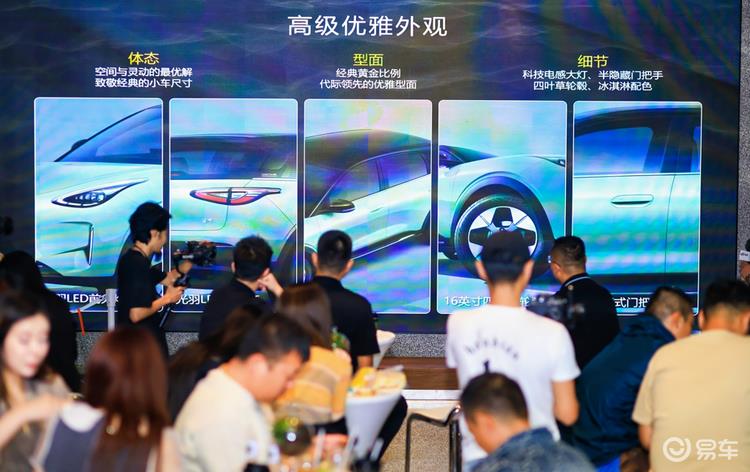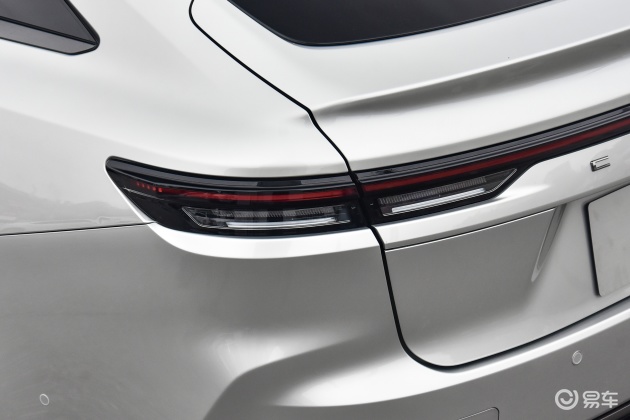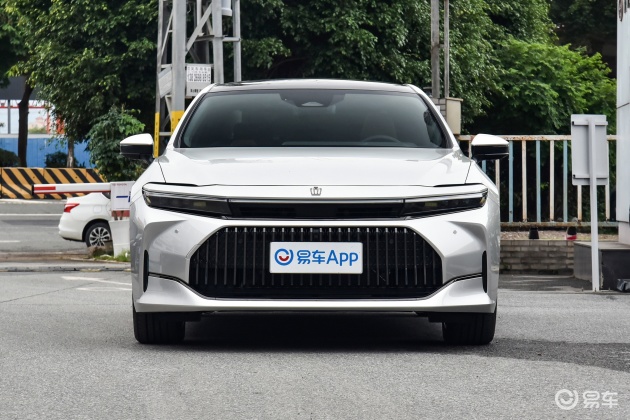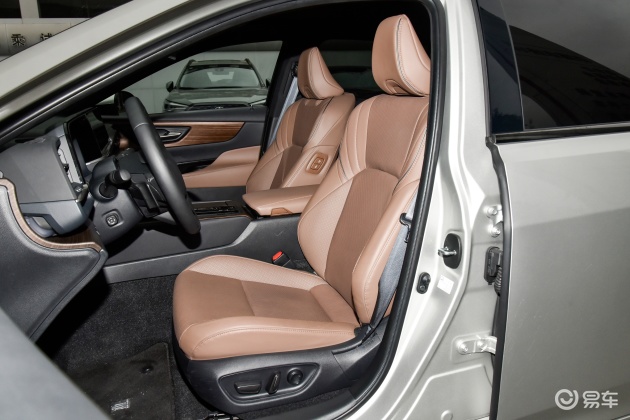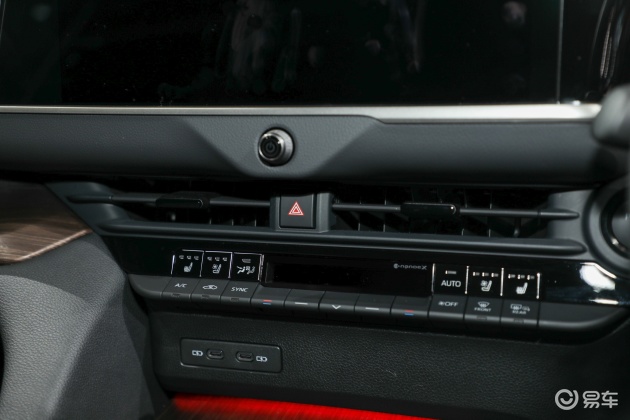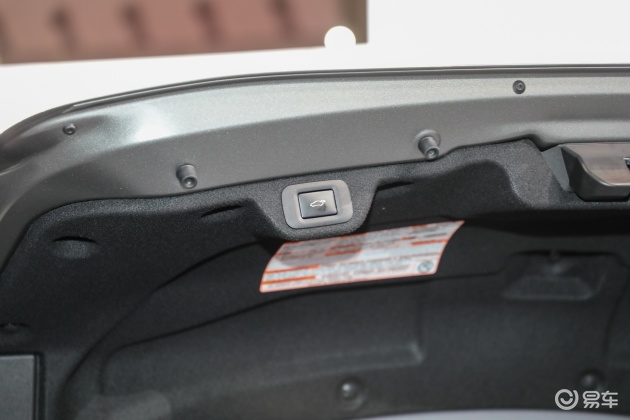Bao Junyue also failed to bring surprises after the listing of Plus. What’s wrong with this car?
Bao Junyue also, this is a typical "domestic K-Car".
The square shape and compact body have a good visual effect, and some of them have the taste of "city Jimny". At the beginning of listing, the attention, evaluation and sales volume are relatively high, but the performance in the later period is increasingly unsatisfactory; Recently, Baojun Automobile has launched an extended five-door version of Baojun Yueye Plus. I thought that sales would turn around, but the weekly sales curve has gone out of the picture below.
Bao Junyue’s weekly sales in the last three phases are only 0.04 million units, and it shows a downward trend, and the sales volume is still very low; What is the reason that makes this seemingly good car gradually marginal, and what kind of car does Baojun brand need?
At this point, the author thought of a reader’s comment:
There are no cars that can’t be sold well, only unreasonable prices.
Now Baojun automobile may not need more models, so it is wise to participate in this round of price war at the right time; The three-door version of Bao Junyue is also priced at 8.08-9.08 million yuan. Compared with the old model, the new model has even improved 1000 yuan! Such an operation is true and does not conform to the current law. At this stage, new energy automobile products of first-line independent brands such as BYD, Haval, Geely and Changan are generally reducing their prices, and the fuel-powered automobile camp is also changing its price for quantity. It also includes SAIC-GM-Wuling. For example, the starting price of Wuling Starlight, a medium-sized new energy car, has also been lowered to 70,000! The starting price of the pure electric version is 99,800 yuan, and this version has a cruising range of 410 kilometers.
However, the three-door version of Bao Junyue with 80,800 yuan and 90,800 yuan only has a cruising range of 303 kilometers.
Do you choose Baojun Yueye, a four-seat small SUV whose actual size is close to that of a mini-car, or Wuling Starlight, a medium-sized five-seat car with a longer cruising range? I believe most people will choose the latter.
Look at Baojun Yueye Plus again, and its price is 938 and 103800 yuan.
This version is still a small SUV with a body length of less than 4 meters. Although the cruising range has increased to 401 kilometers, the standard is still not higher than that of Wuling Starlight. Therefore, Baojun does not need to compare with competing products of other brands at the same level. Only its own Wuling car can highlight the cost performance of Baojun Yue.
Now look at the sales of Baojun Yueye and Yueye Plus. Is it strange that they are lower?
Vehicle model suggestion
There are not many choices left for Bao Junyue, but I think there are two. The price is lowered by 15,000 ~ 20,000 yuan, and the drive system is upgraded with high feasibility and better results. The rear rear drive system is upgraded to dual-motor four-wheel drive.
When the price of compact pure electric SUV gradually sinks to less than 100,000 yuan, the price of small cars will only decline. By analyzing the series of new energy automobile products in the range of 70,000 yuan to 100,000 yuan at present, the reasonable price of Baojun Yueye should be 60,000 to 70,000 yuan, and the reasonable price of five-door version should be 70,000 to 80,000 yuan. No matter how high it is, it will not be very attractive.
On the contrary, the overall reduction to the range of 60,000 ~ 80,000 yuan will be very competitive against small or micro hatchbacks with the same price, such as BYD Seagull and Wuling Bingo.
The second scheme can be carried out on the basis of the same price. Bao Junyue’s selling point is nothing more than the hard-core design, and only the vehicle drive system has no off-road ability to get rid of difficulties; The popularization of electric drive technology is accelerating the popularization of four-wheel drive, and its manufacturing cost has certain advantages. Referring to Chery iCAR 03 four-wheel drive version, the starting price of the four-wheel drive version as a compact SUV has been as low as 130,000, so the sales growth rate and increase rate of this car are ideal. In the same way, Bao Junyue should also launch a four-wheel drive version. The "square box SUV" can’t be tangible, otherwise the Haval M2, which was discontinued more than ten years ago, is a lesson from the past.
Still referring to Chery iCAR 03 four-wheel drive version, Bao Junyue and Yue PLUS, as small cars, should have the cost space to upgrade to four-wheel drive on the basis of the original price. After all, this small car does not need a high-power motor.
Conclusion:
In order to reduce the price and improve the performance-price ratio, four-wheel drive is also used to improve the performance-price ratio. There must be a bright spot in performance and price, and it is not enough to rely solely on the bright spot of design.
Baojun car can no longer be carried, otherwise it is likely to repeat the mistakes of the new Baojun brand in its early days.
what do you reckon ?
Tianhe Auto editor, welcome to turn to praise.
